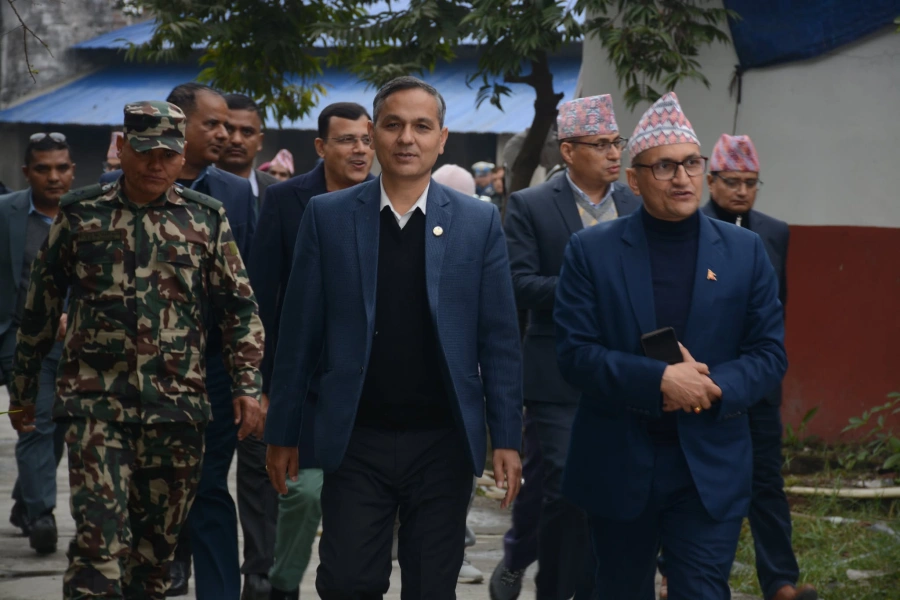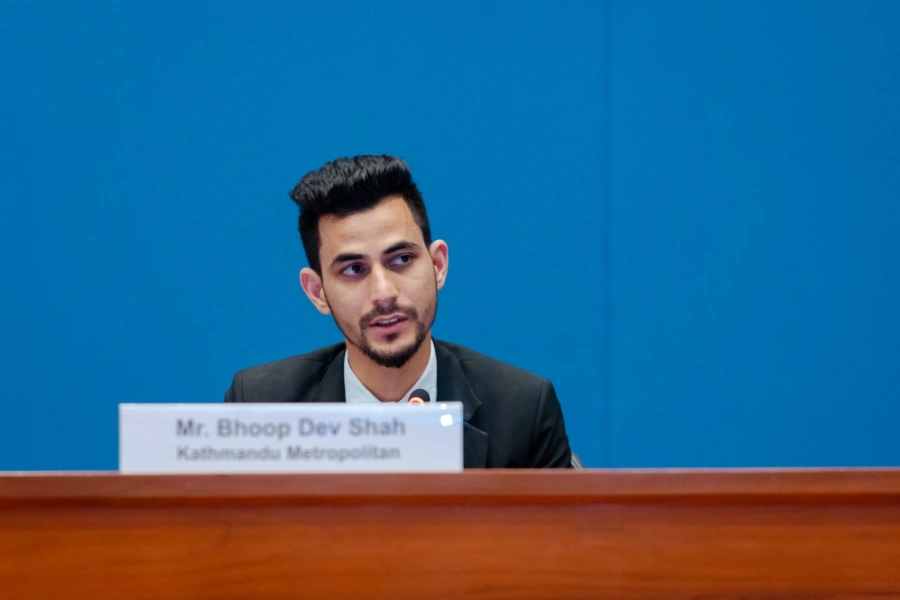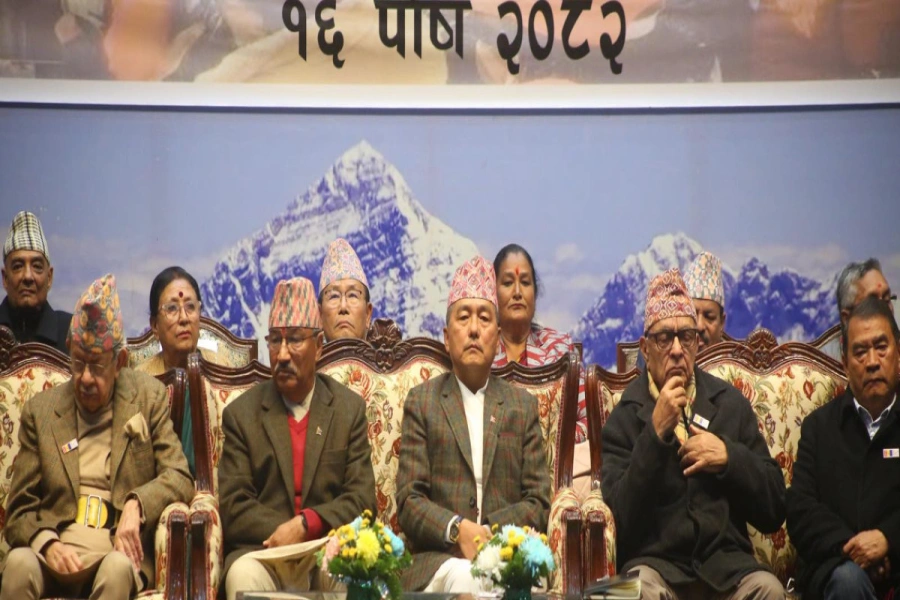Child marriage remains a persistent issue in Nepal, despite being illegal. The heartbreaking stories of Jadeni Budha, Rita Khadka, and Rajkala Bohora in Jumla are just a few among the many tales of misery and regret that women in our country have to face due to child marriage. Despite being illegal, child marriage is still prevalent in our society, ruining the lives of young girls and hindering their chances of a better future. It is high time that the government takes stringent measures to eradicate this practice and make our society a better place to live. The stories of these women, who were married off at a young age, are a grim reminder of the consequences of child marriage. Jadeni Budha, who got married at 16, regrets not being able to complete her education and being unemployed. Similarly, Rita Khadka's dreams were shattered due to her parents' insistence on getting her married at an early age. Rajkala Bohora's story is no different, as she was forced to marry when she was in class 8 and had to leave her studies midway. The physical, emotional, and psychological consequences of child marriage are enormous. The girls who are married off at a young age are forced to take up the responsibilities of a household, give up their education, and are often subjected to domestic violence. Child brides are also at a higher risk of maternal mortality and morbidity, and their children are more likely to be malnourished, have a low birth weight, and die in infancy.
Child labour, child marriage still rife in Dang

A child marriage country profile prepared by UNICEF in 2021 shows that the prevalence of child marriage has decreased in Nepal over the past few decades. The most recent survey in 2016 reported a prevalence of 40%, down from 55% in 1991. However, this progress is insufficient to achieve the ambitious aim of Sustainable Development Goal (SDG) 5, which is to eliminate child marriage globally by 2030. If the progress observed over the past 25 years continues, the prevalence of child marriage is expected to be 33% by the end of the decade. If progress accelerates slightly from the last decade, the prevalence will be 27% in 2030. Even if the progress from the past decade doubles, the prevalence of child marriage will still be at 18% in 2030, and only down to 6% in 2050. UNICEF estimates that due to the pandemic and measures to stop its spread, up to 10 million more girls are now at risk of child marriage over the next decade. Economic pressure and containment measures are pushing adolescents to seek their own marriage and home, resulting in a combination of boredom, increased violence in the home, and a desire for new opportunities. Moreover, families are disguising human trafficking as child marriage to earn money to survive; as the economic situation deteriorates, families are more easily enticed to marry off their daughters for small exchanges of gifts and cash. This is an alarming situation.
National Penal (Code) Act, 2017 criminalizes child marriage and marriage without consent in Nepal. Eligible age for marriage is set at twenty and marriage contrary to this is regarded as void marriage. Although the government has enacted the laws, and launched awareness campaigns to curb child marriage, progress has been slow, and the practice continues to persist. Jumla’s Patarasi Rural Municipality's campaign to declare itself child marriage-free is a positive step towards creating awareness and supporting victims. However, the government must take further action to eliminate this social evil. National awareness campaigns must educate people about the harms of child marriage, and the government should strictly enforce the laws and hold perpetrators accountable. Victims of child marriage should receive educational, vocational, and counseling support from the government. It is high time we eradicate this curse from our society. The stories of Jadeni Budha, Rita Khadka, and Rajkala Bohora are reminders of the tragic consequences of this practice. We must all come together to support this cause and create a better society for our children to live in.

































